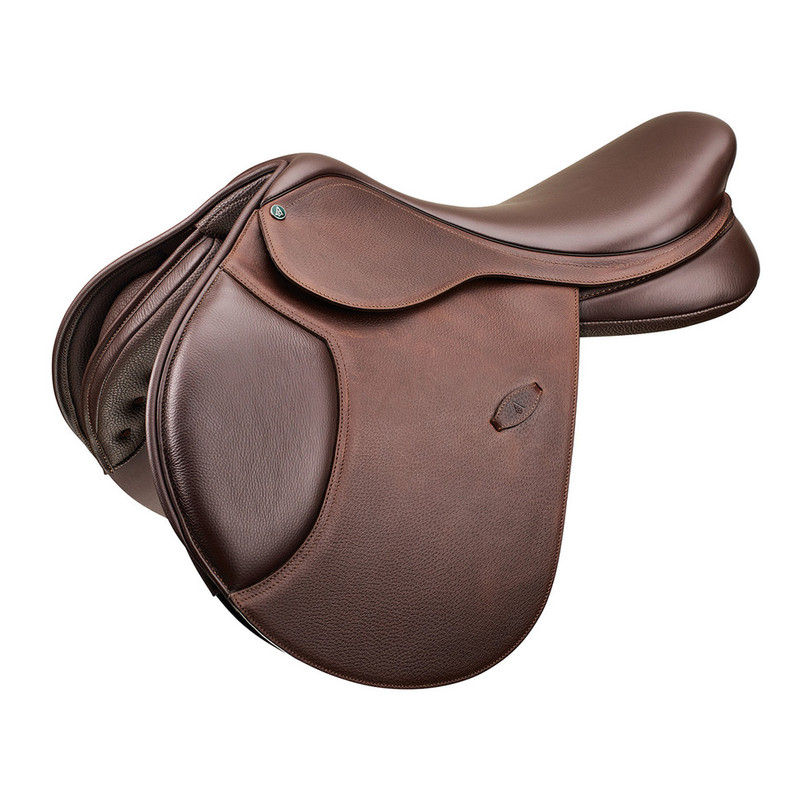Cross Country Saddle vs Jumping Saddle
With the physical demands of cross country on both horse and rider, it is important to make sure we use the right saddle. But is there a difference between a jumping saddle and a cross country saddle?
Whilst both jumping and cross-country saddles are similar in style and shape, there are subtle differences that can make a cross country saddle more beneficial when tackling the course.
- Cross country saddles are mostly a monoflap saddle – this means that there is only one piece of leather between the horse and the rider’s leg. This allows for closer contact and a greater ‘feel’ for what the horse is doing.
- If your saddle is a monoflap saddle, it will have long girth points attached to the bottom of the flap and a shorter girth is required (and no more bulky buckles underneath your leg!) It will also mean that any thigh or knee blocks will also be on top of the flap, rather than underneath the leather.
- Cross country saddles may also be cut shorter than standard jumping saddles with a more forward cut knee roll, allowing for shorter stirrups which are important when tackling the higher levels.
- Seat depth on cross country saddles varies between the different manufacturers and is very much a preference for the rider. A flatter seat allows for greater contact between horse and rider but may be less secure if there is a loss of balance, while a deeper seat may help keep the rider in balance with the horse but can restrict positions when tackling different styles of fences.

Bates Jump Saddle Bates Advanta CC Saddle
On cross country, horses have to gallop and jump over much longer distances and the rider is expected to stay in a two-point position for longer periods, which means finding the right saddle is imperative. At lower levels, it is possible to use the same saddle for showjumping and cross country. But as the jumps get bigger, the course gets longer and you start to jump different styles of fences like long drops and tall banks, it is important to make sure that the saddle can allow the horse to move freely and the rider to stay in balance with the horse through all different jumping positions.
Written by Emma H.
Coutesy of Ranvet


